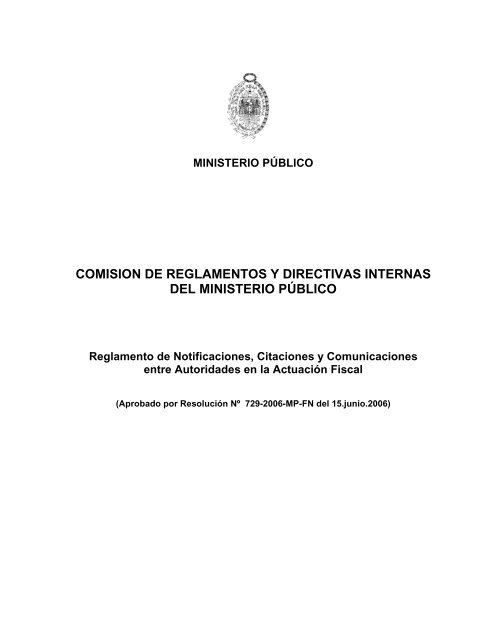Visualizing Airplane Safety Data: Close Calls, Crashes, And The Reality Of Air Travel

Table of Contents
Understanding Aviation Accident Data
To grasp the reality of air travel safety, we must first understand where the data comes from and what it tells us.
Sources of Airplane Safety Data
Numerous organizations meticulously collect and analyze airplane safety data, providing invaluable insights into aviation accidents and incidents. Key sources include:
- National Transportation Safety Board (NTSB): The NTSB investigates aviation accidents and incidents within the United States, publishing detailed reports and statistical summaries. Their database is a cornerstone of US aviation safety analysis.
- Federal Aviation Administration (FAA): The FAA, responsible for regulating US civil aviation, collects extensive data on aircraft operations, maintenance, and safety incidents. Their data informs regulatory decisions and safety improvements.
- International Air Transport Association (IATA): The IATA is a global organization representing airlines worldwide. They compile global aviation safety data, highlighting trends and best practices across different regions and carriers.
- European Union Aviation Safety Agency (EASA): EASA performs a similar role for European aviation, providing comprehensive safety data and contributing to global aviation safety standards.
These organizations publish various reports, including annual safety summaries, detailed accident investigation reports, and specialized databases accessible to researchers and the public. However, challenges remain in standardizing data collection methods across different countries and organizations, hindering seamless global comparisons.
Types of Airplane Accidents and Incidents
It's crucial to differentiate between accidents and incidents when analyzing airplane safety data.
- Accidents: These involve damage to an aircraft, resulting in significant injury or death, or hull loss (substantial structural damage requiring extensive repair). Examples include fatal crashes, serious injuries to passengers or crew, and significant damage to the aircraft structure.
- Incidents: These are occurrences that could have resulted in an accident but did not, often categorized as near misses or close calls. These events highlight potential safety weaknesses within the aviation system.
Severity scales, such as the ICAO (International Civil Aviation Organization) accident classification system, help categorize these events based on their potential impact, enabling better analysis and risk assessment within airplane safety data.
Visualizing Airplane Safety Trends
Data visualization transforms raw airplane safety data into easily understandable patterns and trends.
Data Visualization Techniques
Several techniques effectively showcase aviation safety information:
- Line graphs: Illustrate changes in accident rates over time, highlighting upward or downward trends. This is excellent for showing the overall improvement in aviation safety over the years.
- Bar charts: Compare accident causes across different categories, such as pilot error, mechanical failure, or weather conditions. This allows for identification of contributing factors to accidents.
- Geographical maps: Show the locations of accidents, revealing potential geographic patterns or areas needing focused safety improvements.
- Interactive dashboards: Allow users to explore data interactively, filtering and analyzing information based on specific parameters, providing a far more comprehensive view of the airplane safety data.
Effective visualizations tell a story, revealing the impact of safety regulations, technological advancements, and pilot training on aviation safety.
Interpreting Visualizations for Improved Safety
Analyzing visualized airplane safety data provides critical insights:
- Identifying the most common causes of accidents: This can direct resources towards targeted safety improvements.
- Evaluating the effectiveness of safety regulations: Visualizations can demonstrate whether regulations are successful in reducing accident rates.
- Tracking the impact of new technologies: The introduction of advanced flight control systems and collision avoidance systems can be assessed visually through changes in accident data.
However, it is essential to approach these visualizations with caution. Correlation doesn't equal causation; careful interpretation is essential to avoid drawing misleading conclusions from visualized airplane safety data.
The Reality of Air Travel Safety: Myths vs. Facts
Many misconceptions surround air travel safety. Analyzing airplane safety data helps dispel these myths.
Addressing Common Fears and Misconceptions
Visualizing airplane safety data reveals the relative rarity of some commonly feared events:
- Terrorism: While a terrible threat, statistically, terrorist attacks on airplanes are extremely rare compared to other causes of aviation accidents.
- Mechanical failure: Modern aircraft undergo rigorous maintenance and safety checks, making catastrophic mechanical failures extremely unlikely.
- Pilot error: While human factors contribute to some accidents, advancements in pilot training and automation have significantly reduced the impact of pilot error.
Visualizing accident causes reveals that human factors, weather conditions, and other factors, not necessarily terrorism or mechanical failure, play a much more significant role.
The Continuous Improvement of Airplane Safety
Aviation safety is not static; continuous efforts drive improvements:
- Technological advancements: Advanced flight control systems, collision avoidance systems, and enhanced weather forecasting are constantly improving safety.
- Stricter regulations: International aviation bodies continuously refine regulations based on accident data and best practices.
- Improved pilot training: Sophisticated simulators and training programs ensure pilots are highly skilled and prepared for various scenarios.
Data analysis plays a pivotal role in this continuous improvement cycle. By carefully examining airplane safety data, the aviation industry can identify areas needing improvement and refine strategies to further enhance safety.
Conclusion
Visualizing airplane safety data provides a powerful tool for understanding the true risk profile of air travel. While accidents do occur, the data overwhelmingly demonstrates the remarkable safety record of air travel and the ongoing commitment to making it even safer. By appreciating the insights provided by data visualization, we can move beyond unfounded fears and embrace the reality of modern air travel's safety. Continue your exploration of airplane safety data to form your own informed opinion. Further investigate the visualization of airplane safety data to better understand and appreciate the commitment to safety within the aviation industry. Learn more about improving airplane safety data analysis and its role in shaping future advancements.

Featured Posts
-
 Analisis Del Equipo De Instituto Citaciones Y Pronostico Para El Partido Contra Lanus
May 23, 2025
Analisis Del Equipo De Instituto Citaciones Y Pronostico Para El Partido Contra Lanus
May 23, 2025 -
 Succession On Sky Atlantic Hd Power Family And Betrayal
May 23, 2025
Succession On Sky Atlantic Hd Power Family And Betrayal
May 23, 2025 -
 Julianne Moore Denies Monster Role In New Siren Trailer
May 23, 2025
Julianne Moore Denies Monster Role In New Siren Trailer
May 23, 2025 -
 Ten Hag Next Stop Leverkusen
May 23, 2025
Ten Hag Next Stop Leverkusen
May 23, 2025 -
 French Content Quotas Quebecs New Rules For Streaming Platforms
May 23, 2025
French Content Quotas Quebecs New Rules For Streaming Platforms
May 23, 2025
Latest Posts
-
 2025 Memorial Day Sales Expert Selected Deals And Discounts
May 23, 2025
2025 Memorial Day Sales Expert Selected Deals And Discounts
May 23, 2025 -
 Behind The Scenes Neal Mc Donoughs Preparation For Bull Riding Video
May 23, 2025
Behind The Scenes Neal Mc Donoughs Preparation For Bull Riding Video
May 23, 2025 -
 The Last Rodeo An Interview With Neal Mc Donough On Faith Film And Facing Challenges
May 23, 2025
The Last Rodeo An Interview With Neal Mc Donough On Faith Film And Facing Challenges
May 23, 2025 -
 Tulsa King Season 3 Will Neal Mc Donough Be Back Sylvester Stallones New Look And Latest News
May 23, 2025
Tulsa King Season 3 Will Neal Mc Donough Be Back Sylvester Stallones New Look And Latest News
May 23, 2025 -
 Florida Store Hours Memorial Day 2025 Publix Winn Dixie And More
May 23, 2025
Florida Store Hours Memorial Day 2025 Publix Winn Dixie And More
May 23, 2025
